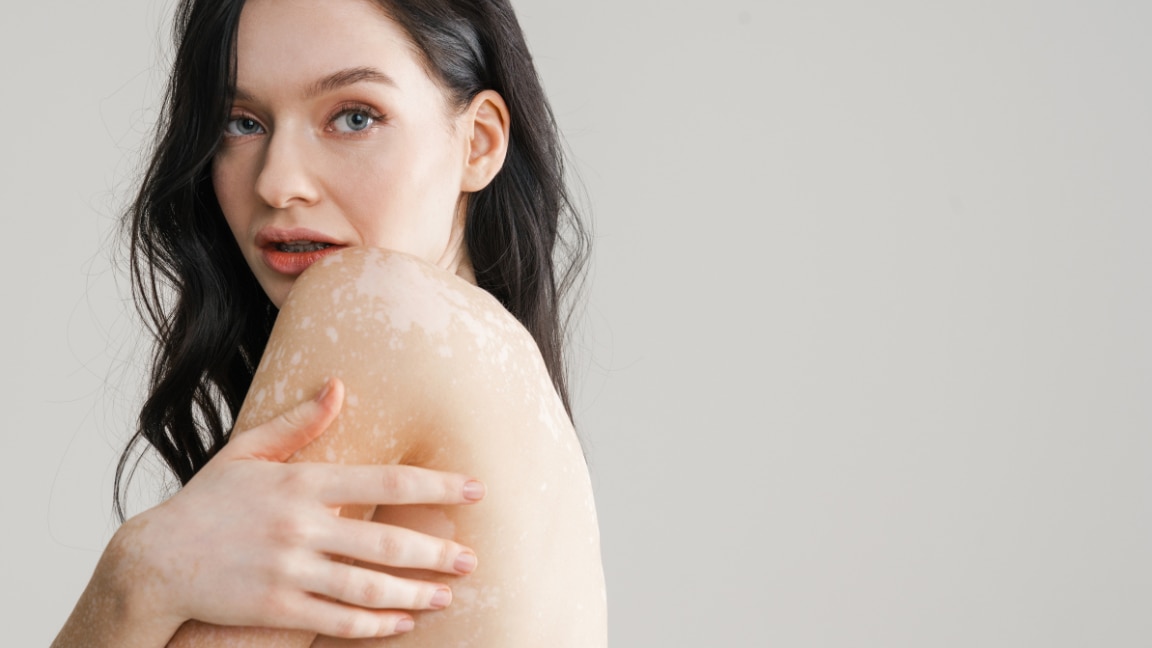- 01 What Are White Spots on the Face?
- 02 Common Types of White Spots on Face
- 03 What Causes White Spots on Face?
- 04 How to Identify / Diagnose Them
- 05 When to See a Doctor
- 06 Professional & Medical Treatments for White Spots on Face
- 07 Safe At-Home & Skincare Methods to Reduce White Spots
- 08 How Long to Expect Results & Managing Expectations
- 09 Prevention & Maintenance: Avoiding Recurrence
- 10 Final Thoughts
- 11 FAQs
Discovering white spots on your face can be a cause for immediate concern. These marks, which contrast with your natural skin tone, can affect your overall appearance and lead to worry about underlying health conditions. While often harmless, understanding what these spots are and how to manage them is key to maintaining clear, healthy-looking skin.
01What Are White Spots on the Face?
White spots on the face are areas of lighter skin that arise from a variety of causes. They are not all the same; they can present as small, defined spots, larger white patches, or slightly raised bumps. This discoloration is often due to a lack of melanin (hypopigmentation) or a buildup of certain substances within the skin. Because the cause varies so greatly–from minor blockages to fungal infections–correct identification is the crucial first step toward finding the right white spots on face treatment.
02Common Types of White Spots on Face
Here are some of the most common types of white spots or patches you might see on the skin:
- Milia:
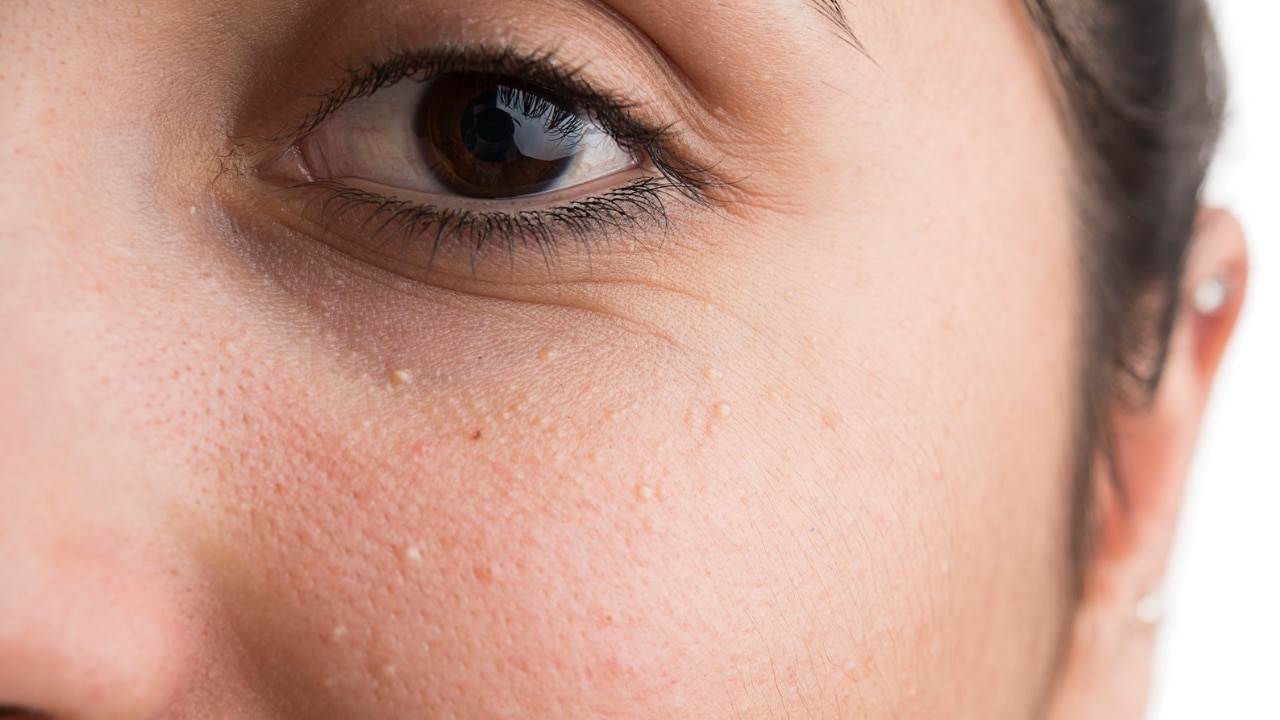
These are tiny, white, dome-shaped bumps that often appear on the cheeks, nose, and around the eyes. They are essentially small, superficial cysts containing trapped keratin (a protein in the skin). They are extremely common in newborns but can affect people of all ages. They are typically painless and not a sign of disease.
- Pityriasis Versicolor (Tinea Versicolor):

This common fungal infection is caused by an overgrowth of yeast naturally present on the skin. It results in small, scaly white spots (or sometimes pink/brown spots) that are most noticeable after sun exposure, as the affected areas don't tan. It frequently appears on the forehead and jawline.
- Vitiligo:
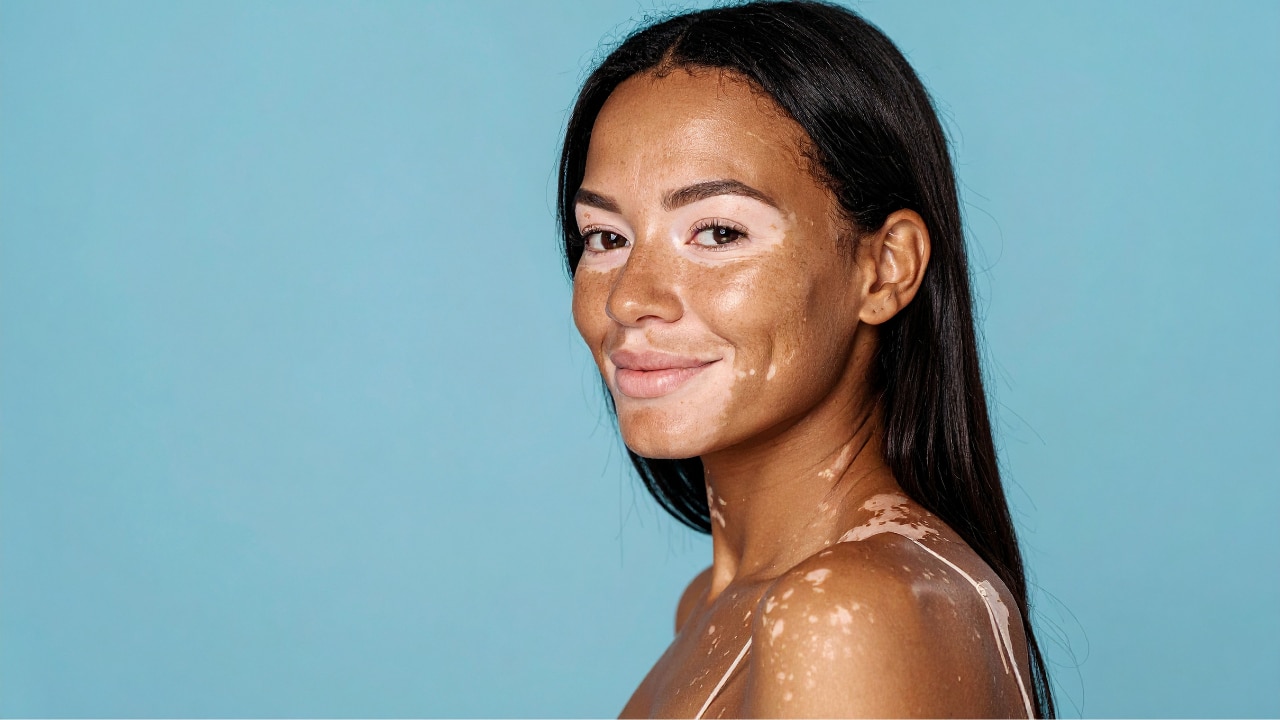
An autoimmune condition where the immune system mistakenly destroys the cells that produce melanin (melanocytes). This results in distinct, depigmented white patches with defined borders that can occur anywhere on the body, including the face.
- Pityriasis Alba:
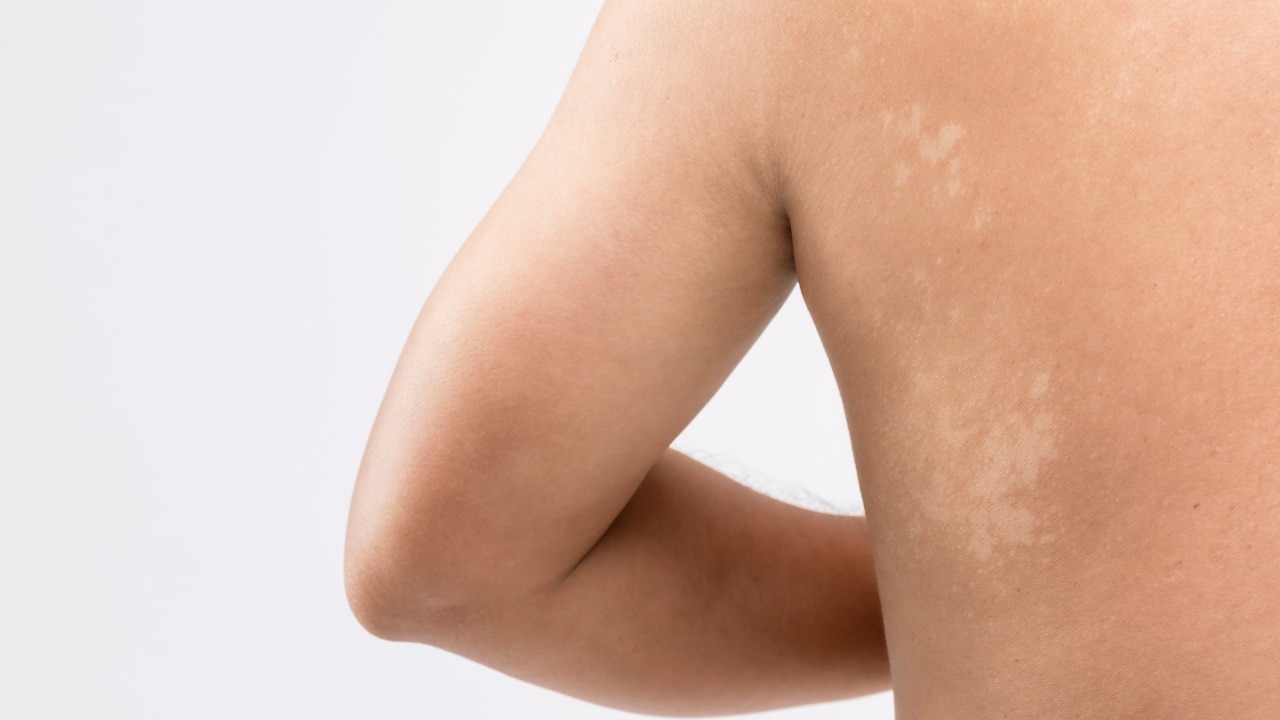
This is a mild, non-contagious form of eczema, most common in children and teenagers, particularly those with a history of asthma or allergies. It presents as faint, scaly, round or oval white spots on the cheeks. They often become more noticeable in summer after a tan fades around them.
- Idiopathic Guttate Hypomelanosis (IGH):

These are small, confetti-like white spots, typically less than 5mm in diameter, that commonly appear on the shins but can also be seen on the face. The exact cause is unknown, but they are thought to be related to the natural aging process and sun exposure.
03What Causes White Spots on Face?
Understanding the white spots on face reason is vital for effective treatment.
- Sun Damage:
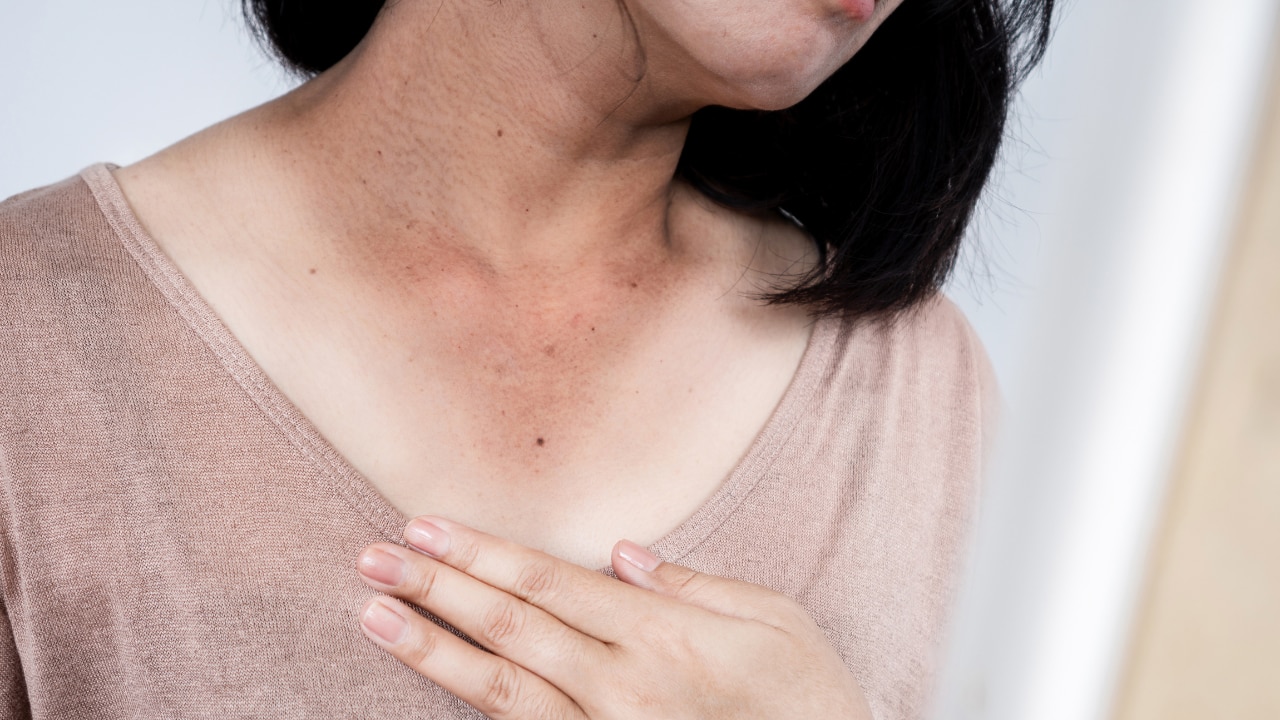
Long-term, cumulative sun exposure is a major factor, particularly with conditions like Idiopathic Guttate Hypomelanosis. UV radiation can damage the melanin-producing cells over time, leading to hypopigmentation.
- Fungal/Yeast Infections:
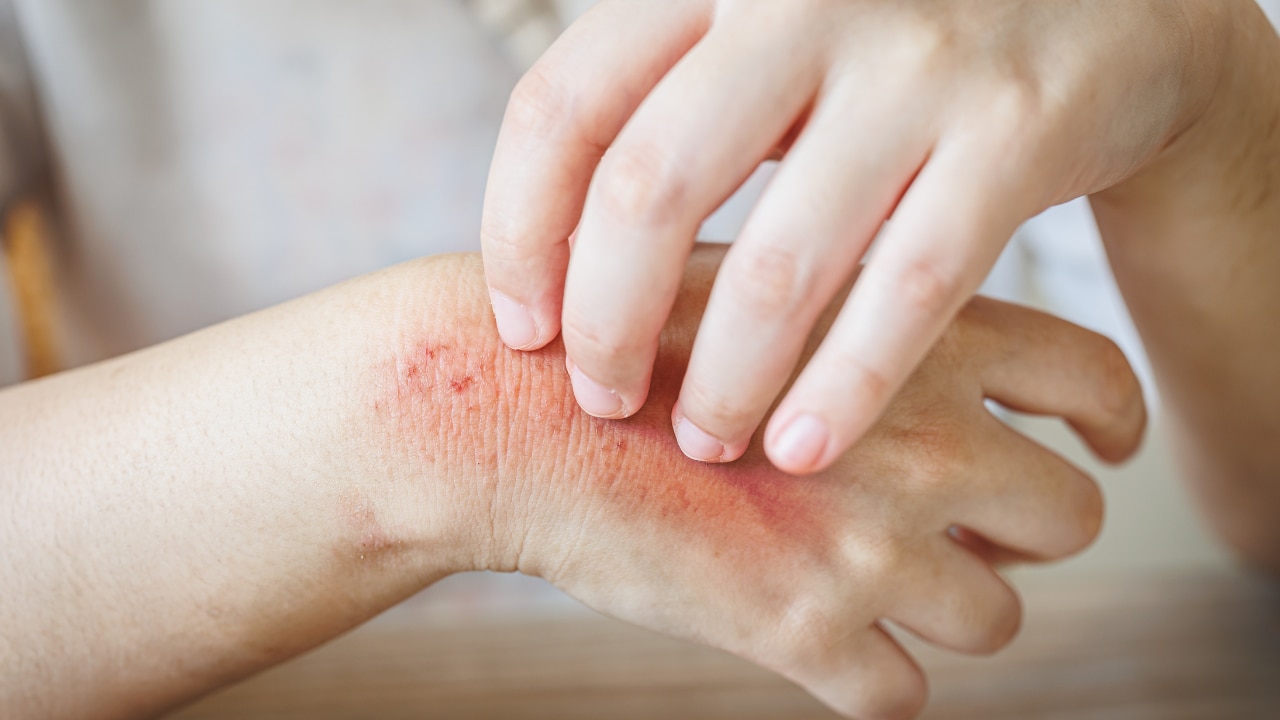
Conditions like Pityriasis Versicolor are caused by an overgrowth of the Malassezia yeast, which interferes with the skin's ability to produce pigment in the affected areas.
- Inflammatory Skin Conditions:
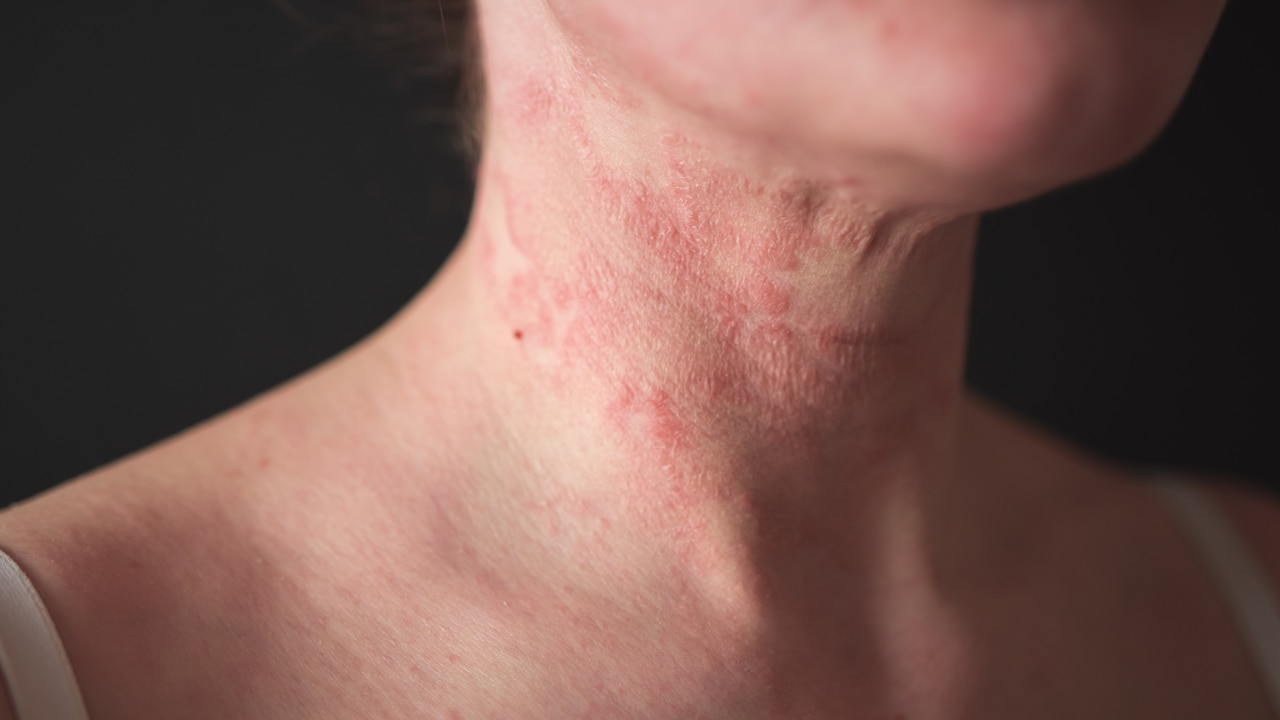
Eczema (dermatitis), as seen in Pityriasis Alba, can cause inflammation that disrupts the skin's melanocytes, leading to temporary or persistent loss of pigment in the healing phase.
- Autoimmune Disorders:
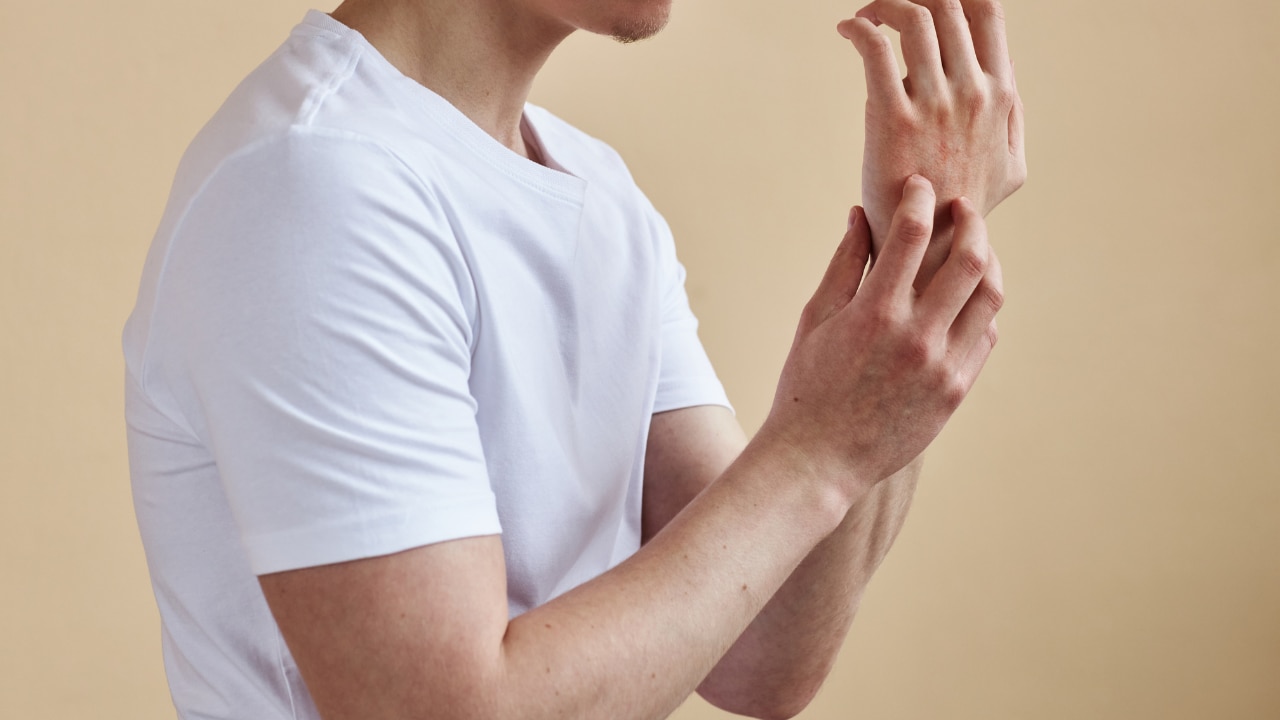
Vitiligo is a key example where the body's own immune system attacks the cells responsible for skin colour.
- Blocked Pores/Keratin Retention:
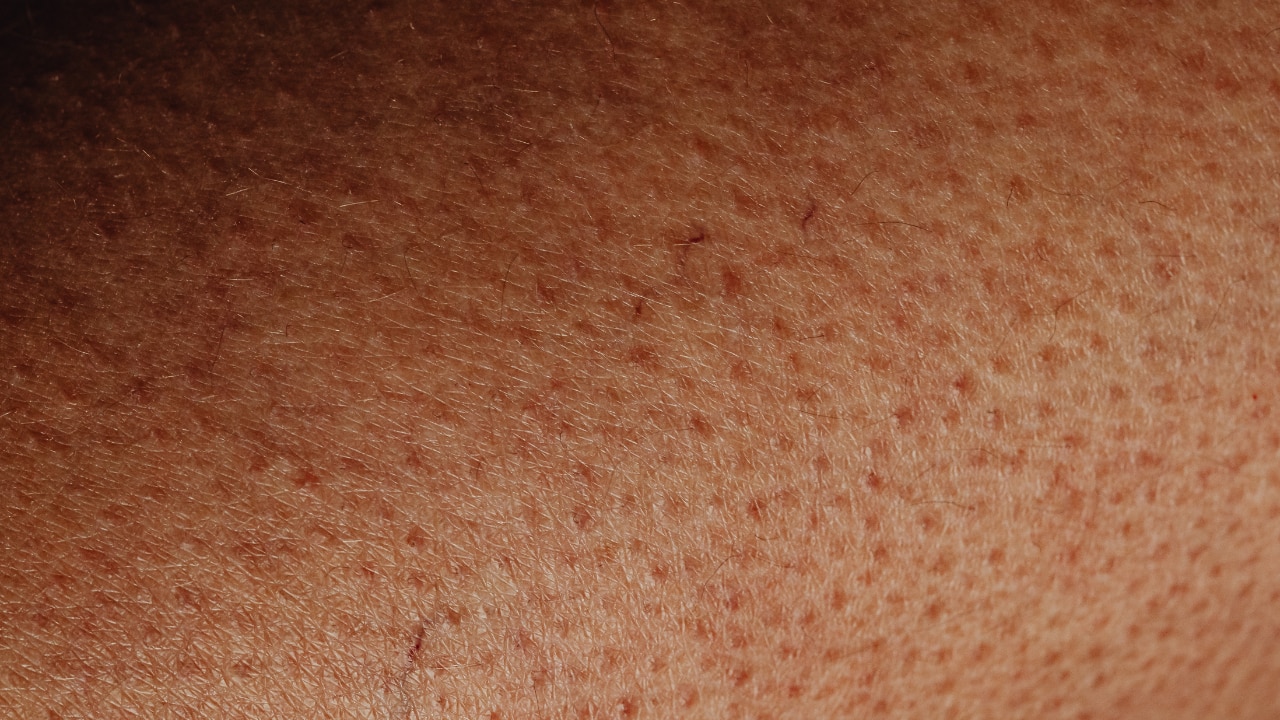
Milia develop when keratin becomes trapped beneath the skin's surface, often due to inadequate exfoliation, heavy skincare products, or damage to the sweat ducts.
- Genetics and Aging:
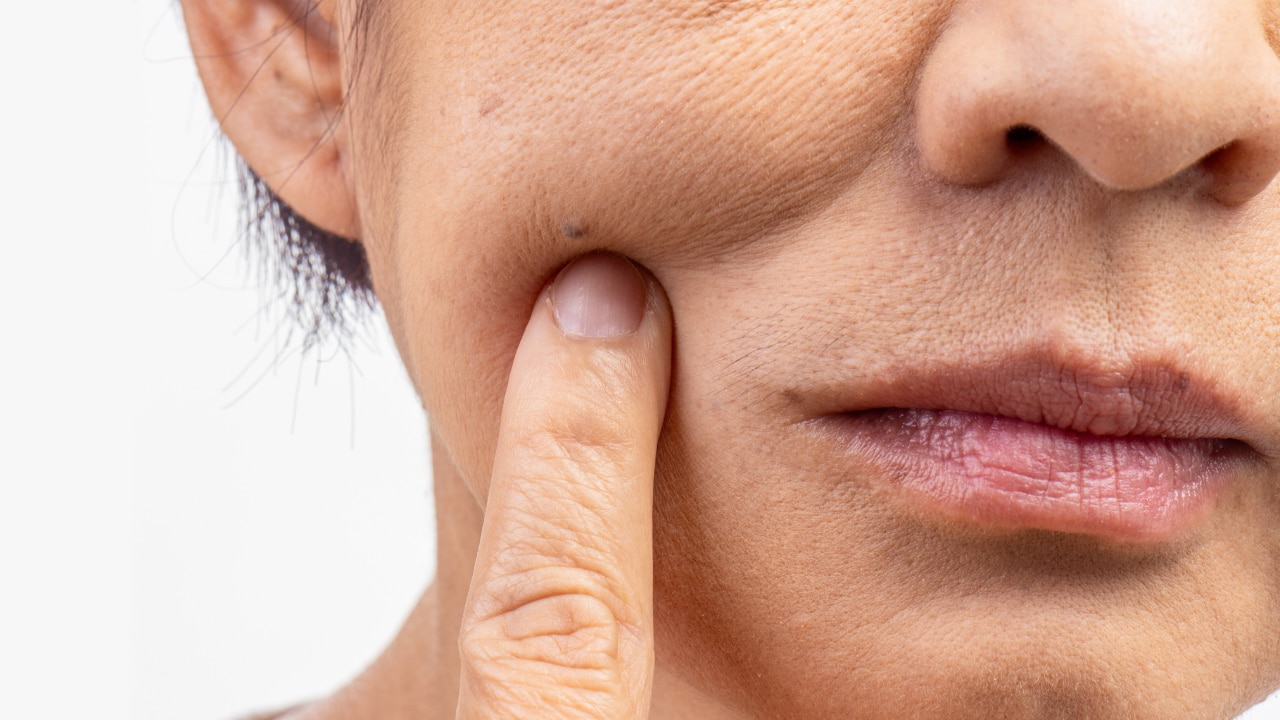
The tendency for certain hypopigmentation disorders can be inherited, and some white spots are simply a natural part of the skin's aging process.
04How to Identify / Diagnose Them
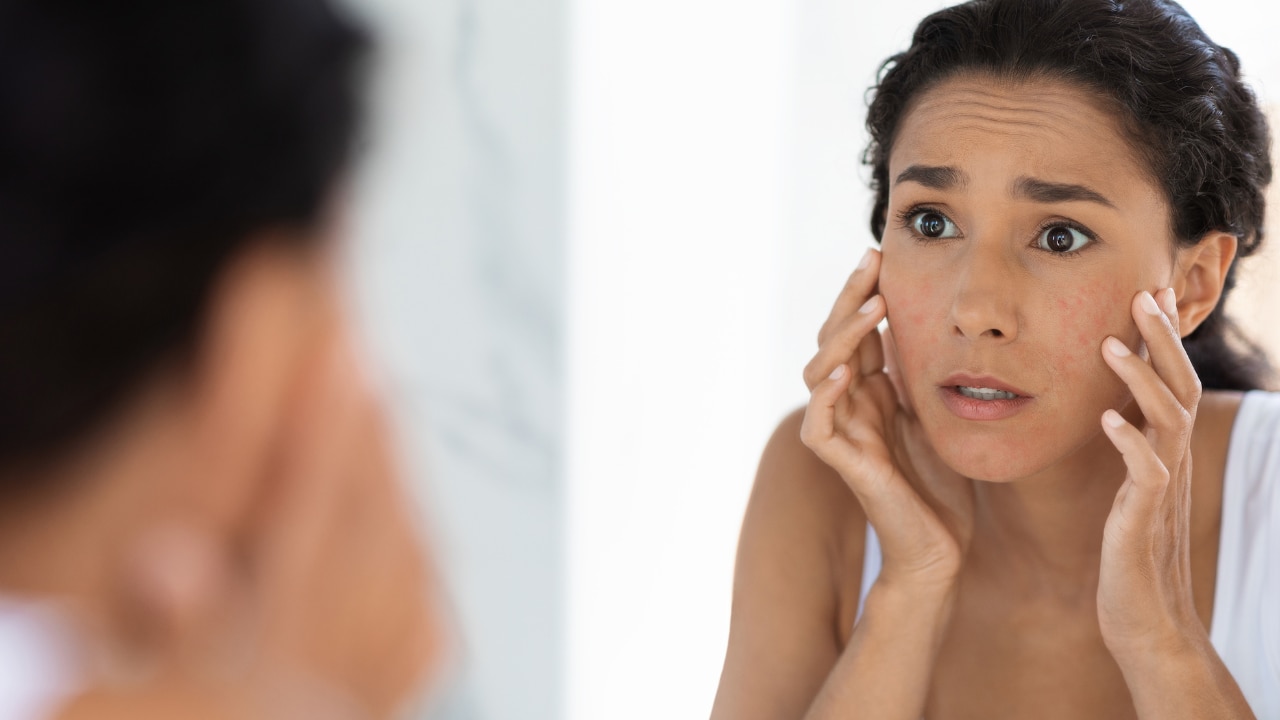
For effective white spots on face treatment, correct identification is crucial. While only a doctor can diagnose, you can start the assessment by checking:
- Appearance & Texture: Are the spots tiny, raised bumps (like milia)? Are they flat, sharply defined white patches (like Vitiligo)? Or are they slightly scaly (suggesting a fungal or inflammatory cause)?
- Location & Age: Milia often appear around the eyes. Pityriasis Alba is common on children's cheeks. Vitiligo can appear anywhere. Your age and health history (like eczema or autoimmune issues) are key clues.
- Symptom-Presence: Are the spots itchy or mildly scaly? This points toward conditions like Pityriasis Versicolor. If they are asymptomatic, it may suggest Milia or Vitiligo.
A dermatologist may use a Wood's lamp (a special UV light) to confirm the diagnosis, as different conditions react distinctly to the light.
05When to See a Doctor

While many white spots are harmless, you should seek a medical opinion if:
- The spots are spreading rapidly or cover a large area.
- You are experiencing other symptoms like severe itching, pain, or scaling.
- The spots are causing significant cosmetic distress.
- You are unsure of the cause and over-the-counter remedies have not helped.
06Professional & Medical Treatments for White Spots on Face
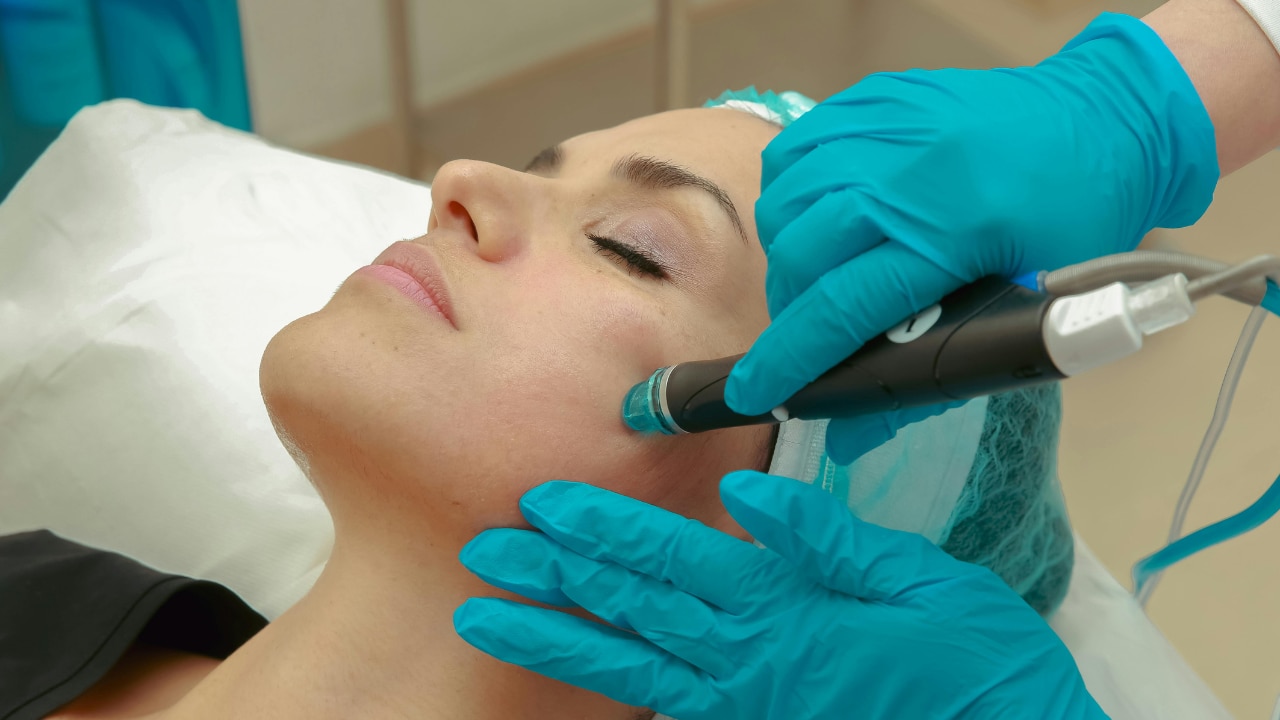
The success of any white spots on face treatment hinges on an accurate diagnosis by a dermatologist, as each cause requires a unique medical approach.
-
Topical Antifungals (Pityriasis Versicolor): Prescription creams, lotions, or medicated washes containing ingredients like ketoconazole or selenium sulfide are used to eliminate the overgrowth of yeast. Pros: Clears the infection quickly. Cons: The return of skin colour (repigmentation) is slow and may take months; recurrence is common.
-
Extraction and Destruction (Milia & IGH): For Milia, a professional uses a sterile needle or lancet for gentle extraction of the trapped keratin. For Idiopathic Guttate Hypomelanosis (IGH), treatments like cryotherapy (freezing) may be used. Pros: Provides immediate removal of Milia. Cons: Requires a skilled professional to avoid scarring and does not prevent future spots.
-
Topical Immune Modulators (Vitiligo & Pityriasis Alba): These prescription creams manage the immune response and inflammation:
- Corticosteroids reduce inflammation but must be used short-term to avoid thinning the skin.
- Calcineurin Inhibitors (e.g., Tacrolimus) are non-steroidal options preferred for delicate facial skin and can be used for longer periods. Pros: Effective in early stages of pigment loss. Cons: Results are slow and require consistent application.
-
Phototherapy and Laser Treatments (Vitiligo): Targeted treatments, such as Narrowband UVB or Excimer Laser, use specific wavelengths of light to stimulate pigment cells (melanocytes). Pros: Can successfully encourage repigmentation on facial skin. Cons: Requires numerous sessions (often months) and is a significant time and financial commitment.
-
Surgical Interventions (Stable Vitiligo): For areas of Vitiligo that have not changed for at least a year, procedures like skin grafting or cellular transplantation move healthy, pigmented skin to the white patches. Pros: Offers a potential permanent solution for small, stubborn spots. Cons: Invasive, with risks of scarring or uneven skin texture.
07Safe At-Home & Skincare Methods to Reduce White Spots
For milder or superficial white spots, a consistent skincare routine can help how to reduce white spots on face.
- Gentle Cleansing:

Use a non-stripping cleanser. For those prone to congestion, the Novology Acne Deep Clearing Cleanser contains Salicylic Acid and could help manage blocked pores that lead to milia.
- Chemical Exfoliation:
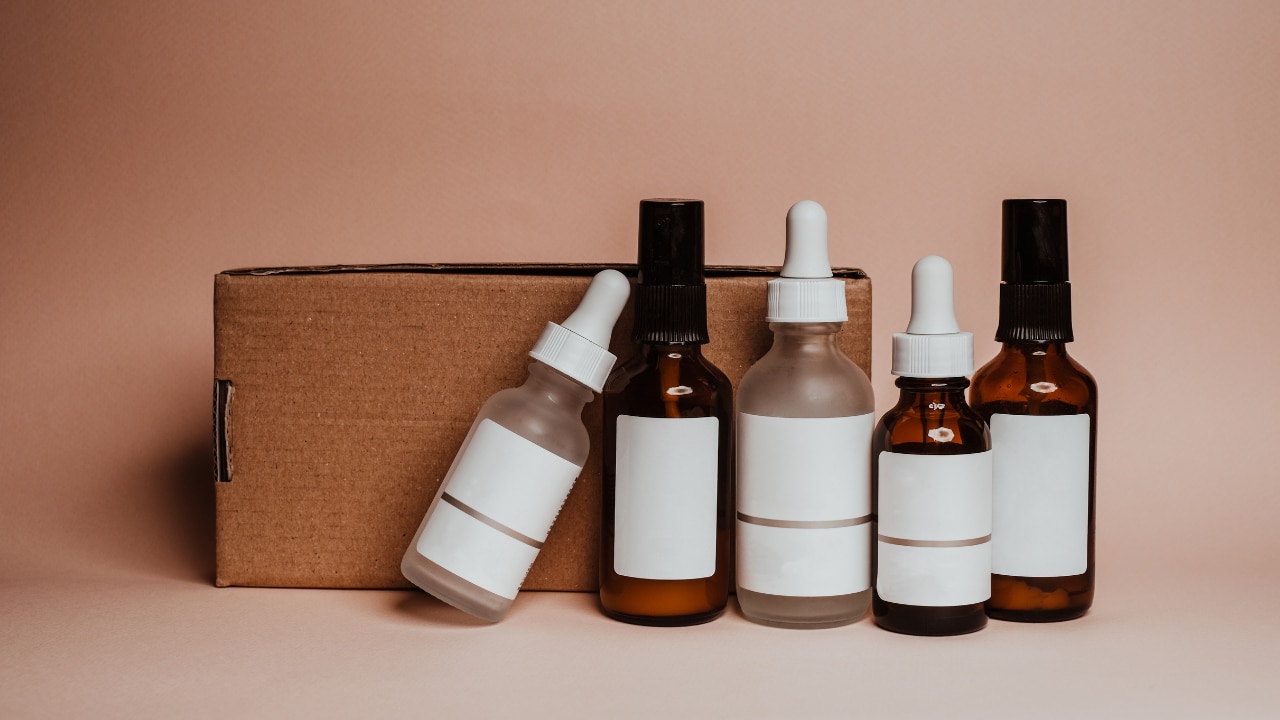
Alpha Hydroxy Acids (AHAs) like glycolic acid can help slough off dead skin cells, which is beneficial for milia and improving the texture of IGH.
- Topical Retinoids (e.g., Retinol)

These Vitamin A derivatives accelerate cell turnover, helping to prevent the keratin build-up that forms milia. Use them sparingly as they can cause initial irritation.
- Anti-Dandruff Shampoos (Ketoconazole):
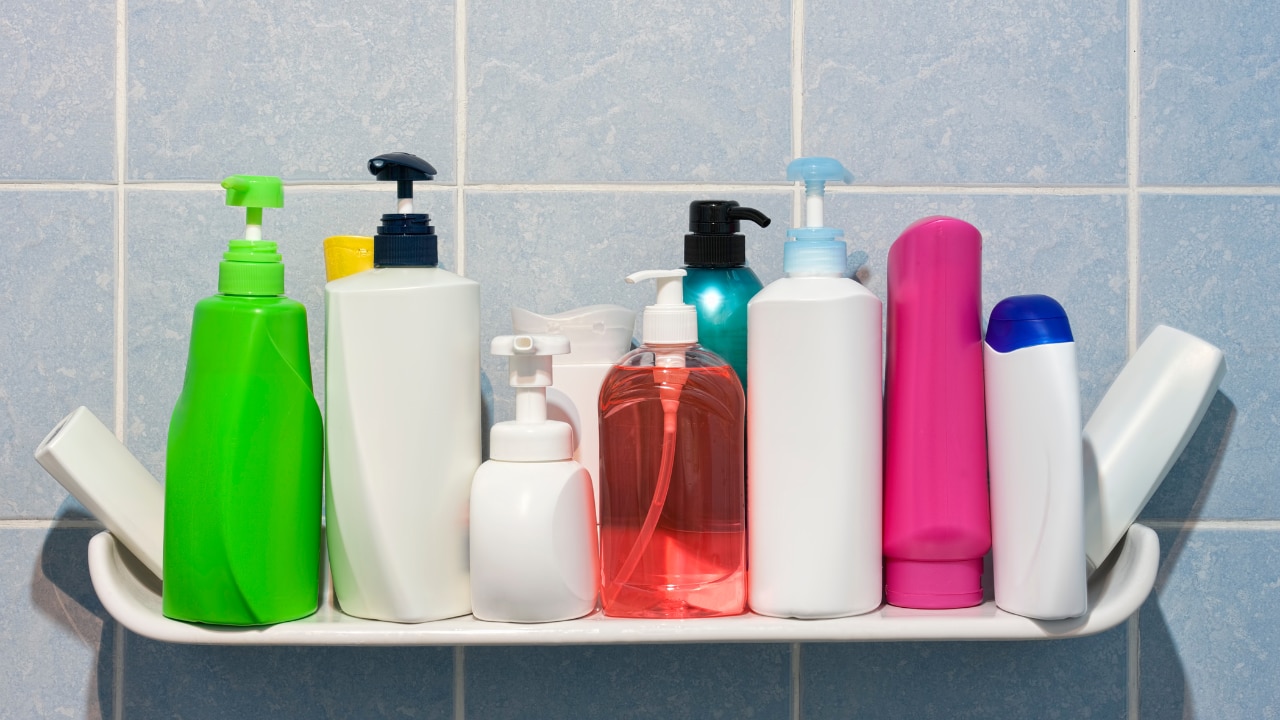
These can be used as a face wash or mask to treat Pityriasis Versicolor due to their antifungal properties.
- Consistent Sun Protection (SPF):
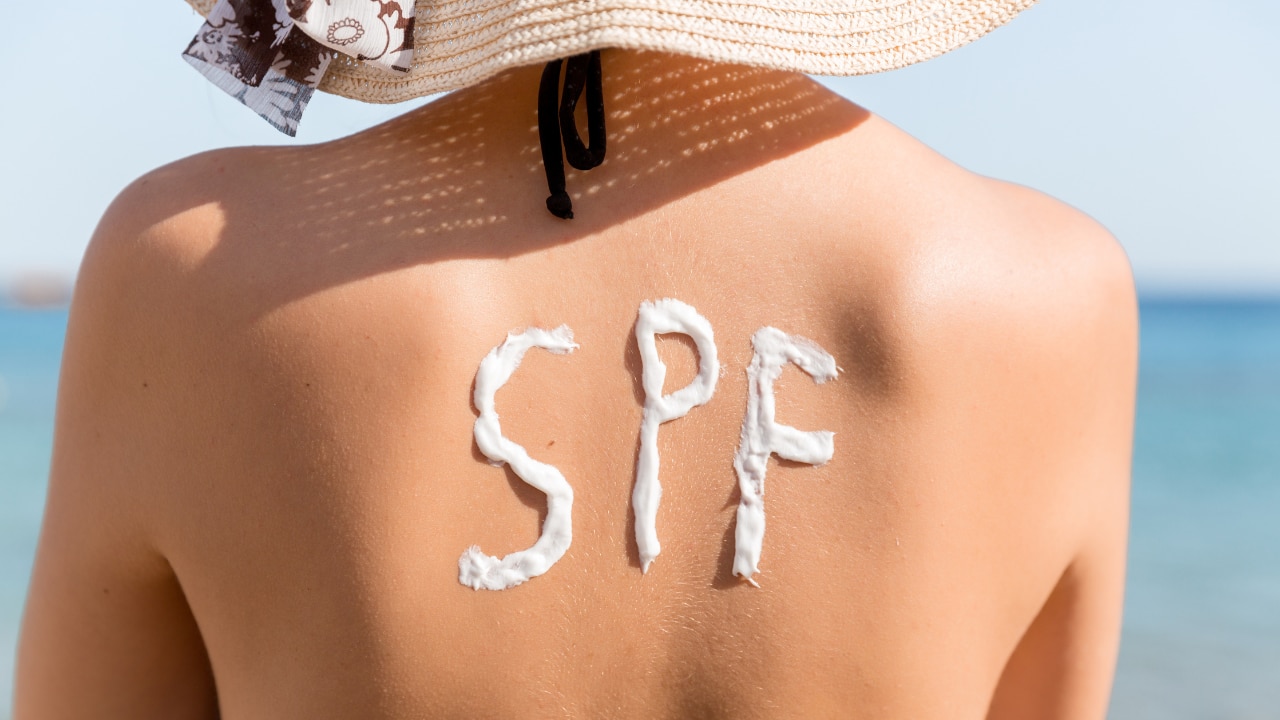
Preventing further sun damage is non-negotiable, especially to keep IGH from worsening and to make hypopigmented spots less noticeable by preventing the surrounding skin from tanning.
08How Long to Expect Results & Managing Expectations

It's important to set realistic expectations.
- Fungal Infections (Pityriasis Versicolor): Spots may fade quickly with treatment (weeks), but the pigment can take several months to fully return.
- Milia: Extraction offers immediate results, while topical retinoids can take 6-8 weeks to clear existing spots.
- Inflammatory Spots (Pityriasis Alba): These often fade on their own over several months to a year once the underlying inflammation is controlled.
- Vitiligo and IGH: These are the most challenging. Treatment for Vitiligo can take many months to years to see noticeable repigmentation, and IGH spots are often permanent, only manageable through texture improvement or laser treatment.
09Prevention & Maintenance: Avoiding Recurrence
Once you know the white spots on face reason, you can take steps to maintain clear skin.
- Daily Broad-Spectrum SPF:
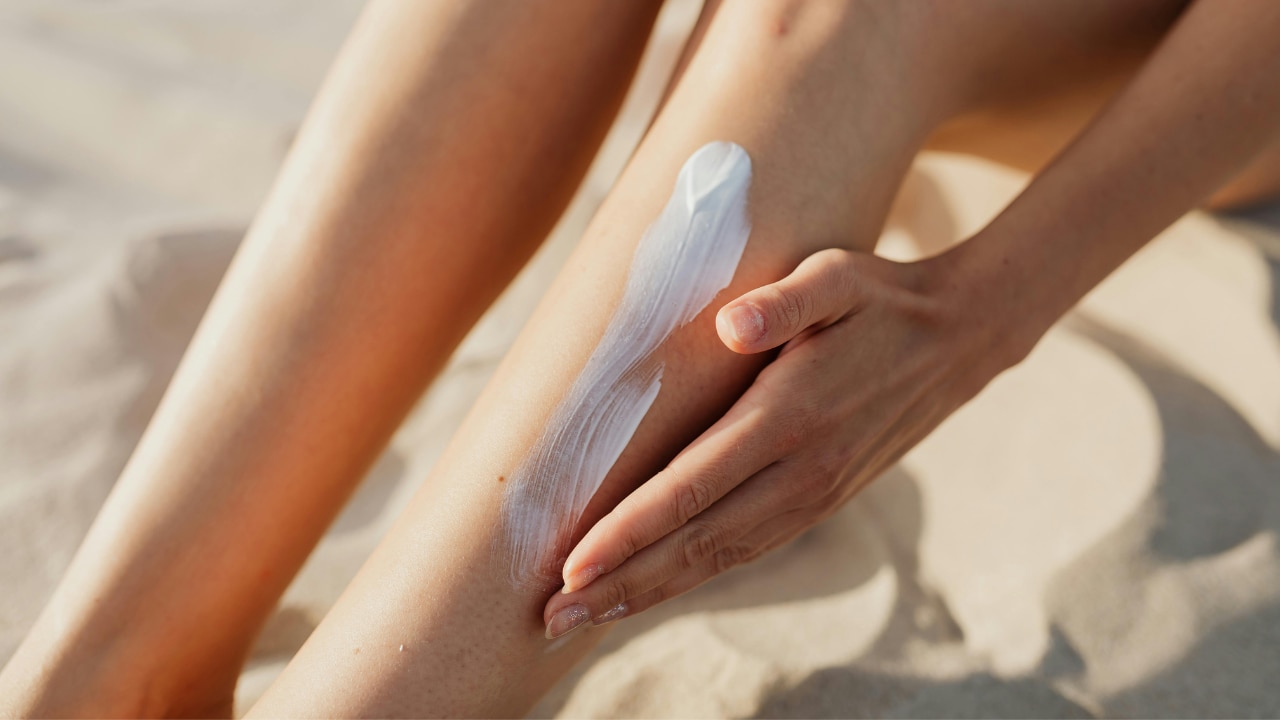
The single most important step for preventing further sun damage and hypopigmentation.
- Regular Exfoliation:
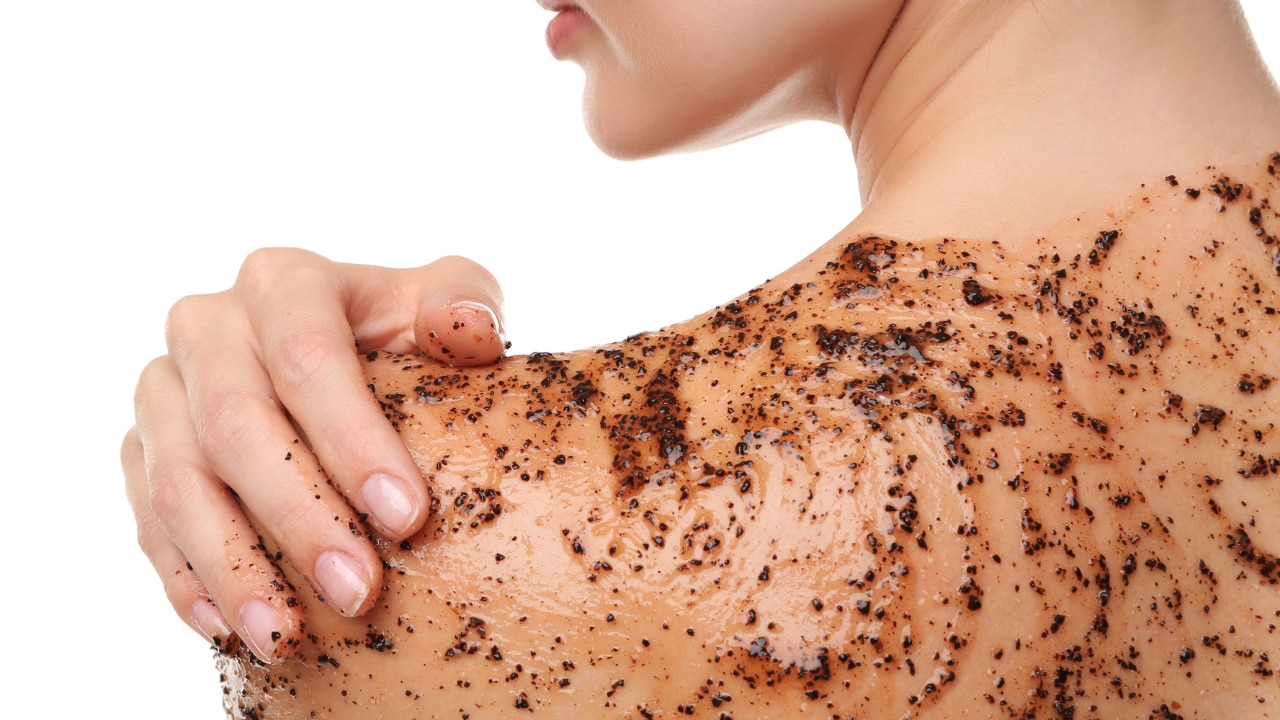
Incorporate a gentle chemical exfoliant (like Salicylic or Glycolic Acid) to prevent dead skin cells and keratin from becoming trapped.
- Use Non-Comedogenic Products:
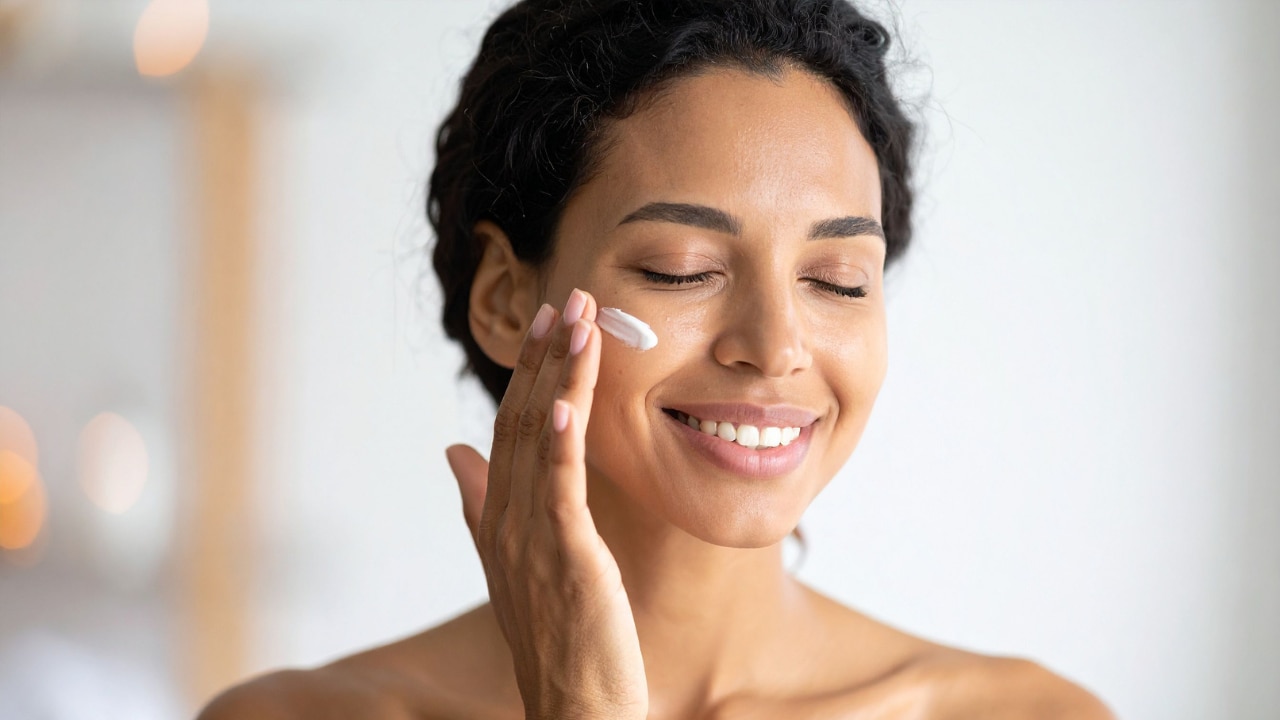
Ensure your moisturisers and makeup won't block pores, which is essential if you are prone to milia.
- Treat Underlying Inflammation:
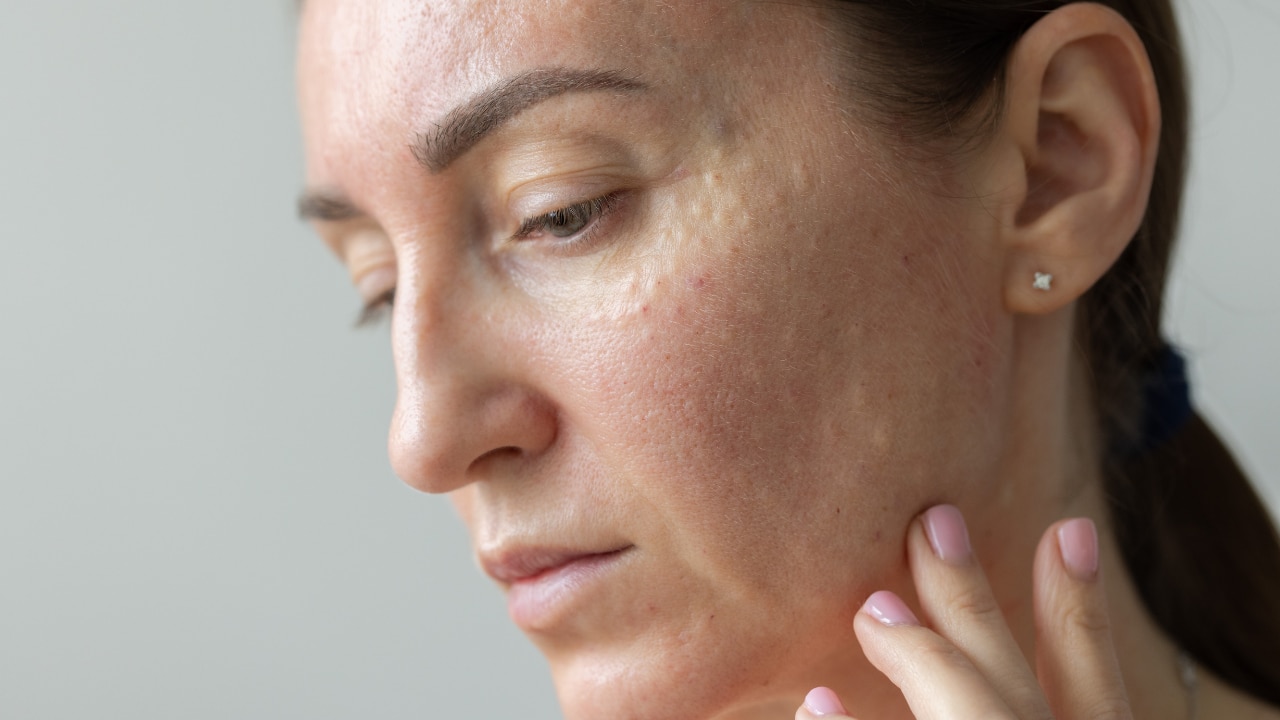
If you have eczema or inflammatory acne, treat it promptly to reduce the risk of post-inflammatory hypopigmentation.
- Antifungal Maintenance:
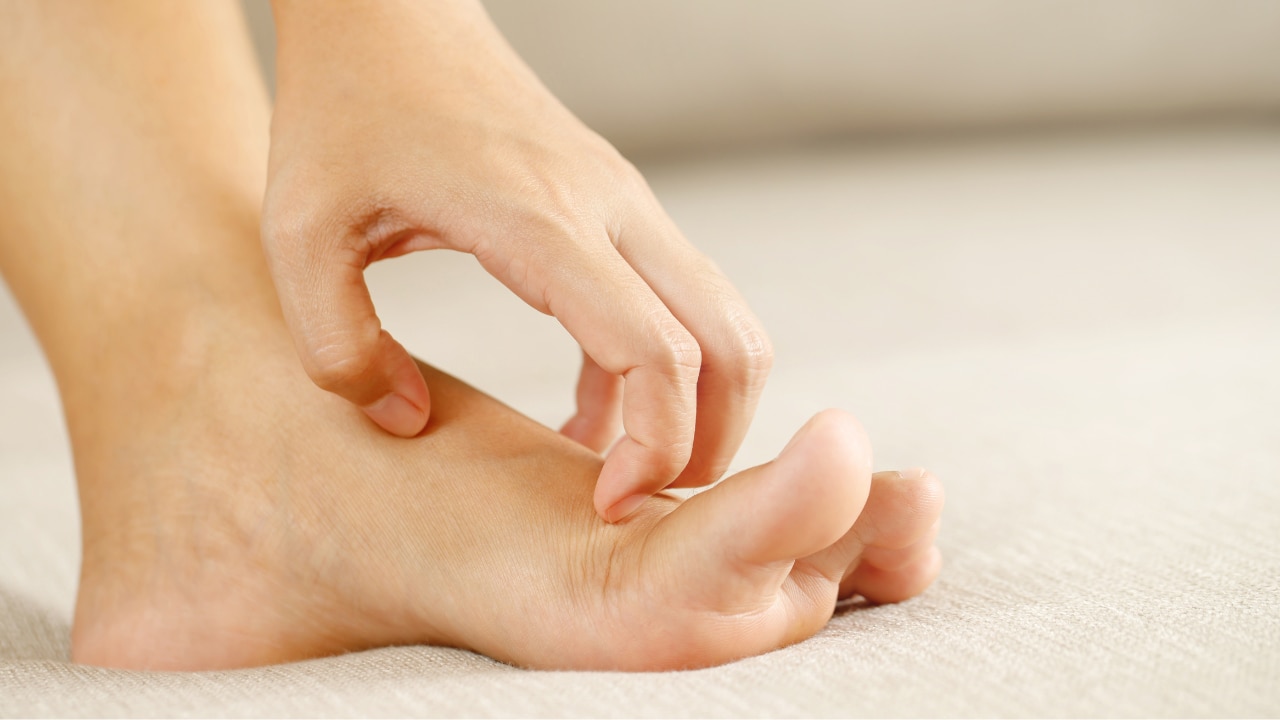
If you've had Pityriasis Versicolor, a periodic use of antifungal shampoo on your face or body can prevent recurrence.
- Maintain a Strong Skin Barrier:
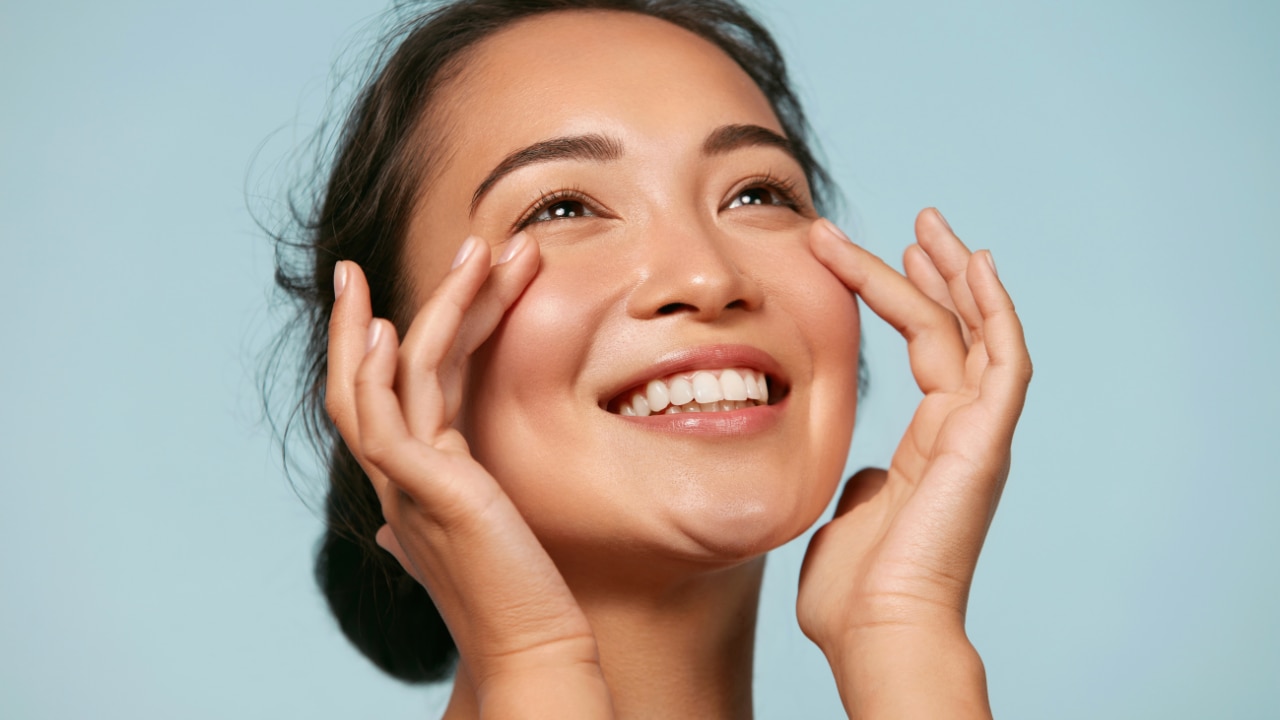
Use gentle cleansers, like the Simple Active Skin Barrier Care Replenishing Cream Cleanser, and moisturisers to keep your skin healthy and less reactive.
10Final Thoughts
White spots on your face are a common dermatological issue with a variety of origins. While it's tempting to search for a one-size-fits-all solution for how to remove white spots on face, the true path to clear skin lies in accurate diagnosis and targeted treatment. For persistent or rapidly spreading spots, a visit to your dermatologist is always recommended.
11FAQs
Q: Can stress cause white spots?
A: Stress doesn't directly cause most white spots, but it can trigger or worsen underlying skin conditions like eczema (Pityriasis Alba) or Vitiligo.
Q: Are white spots a sign of cancer?
A: No, most white spots on face are harmless and benign. However, any sudden change in a skin lesion should be checked by a doctor.
Q: Can I cover them with makeup?
A: Yes, camouflage makeup can be used to temporarily cover spots. Ensure you use non-comedogenic products and cleanse thoroughly, perhaps with a targeted product like the Novology Acne Deep Clearing Cleanser, to prevent further issues.

